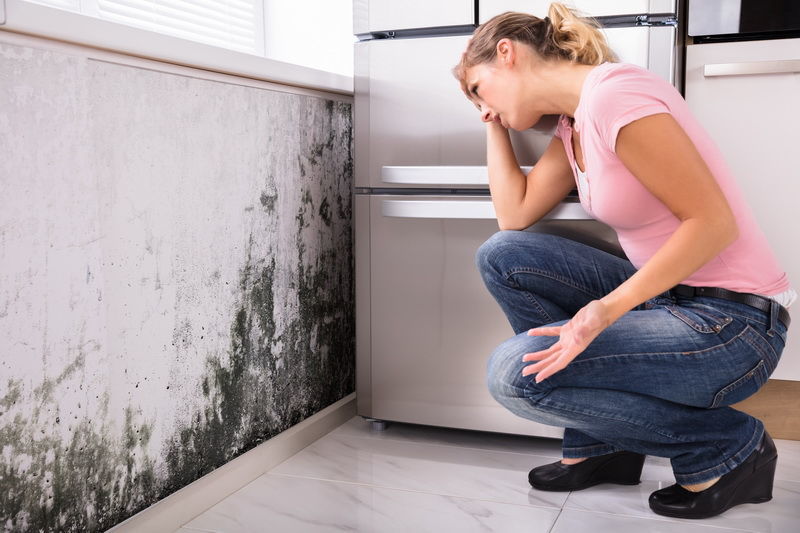You can find mould and mould spores almost everywhere, but if you specifically talk about indoor mould growth, they require moisture. And if you have unaddressed waterproofing issues at your home, you are likely to experience mould growth. Mould typically grows in damp basements, in the attic, under the carpet or literally anywhere else where excessive moisture is present.
While mould and mould spores may be smelly and not very pleasant to see, the potential problems that they can cause are far more serious. Mould growth not only damages the structural integrity of your home but can have profound health implications. In this post, we take a closer look at some of the effects of moulds on human health that can be caused by water leakages in your home.
Allergies and Asthma
Exposure to mould is associated with several respiratory symptoms, including nasal and sinus congestion, throat irritation, and frequent sneezing. Apart from respiratory tract allergies, persistent exposure to mould growth can also lead to asthma, a respiratory condition that causes swelling in your airway and may increase the production of mucus. As a result, it is difficult to breathe, and any potential allergen can trigger the asthma attack with shortness of breath and wheezing, being the two most common problems associated with asthma.
Mould growth is linked with respiratory tract allergies and significantly increases the risk of skin and eye allergies. The risk of developing allergies due to mould is significantly higher when you have a family history of allergies or if your house is poorly ventilated.
Infections
Prolonged exposure to mould growth can increase the risk of developing respiratory tract infections and increase the risk of bronchitis, an inflammation of the bronchial passage that can reduce the lungs' airflow. Other possible infections that can result from exposure to mould growth are the athlete's foot and thrush.
Pulmonary Haemorrhage
A very rare but a potential health hazard of mould exposure is pulmonary hemorrhage, a condition associated with bleeding in the lungs. While it is a rare condition, more research is required to determine how exposure to mould can cause this problem.
Toxic Mold Syndrome
Toxic Mold Syndrome is a collection of symptoms that are a result of exposure to black mould. While there is limited scientific evidence to support the claim, constant exposure to mould especially in poorly ventilated spaces, can lead to various symptoms, including depression, anxiety, insomnia, and trouble in concentration. Together, these symptoms are clustered as toxic mould syndrome.
If mould growth is a concern at your home, make sure you address the waterproofing issues first as you try and take care of mould growth. Because mould growth is not a problem, it is a symptom of an underlying problem: water leakage. Contact us to find out more about waterproofing your home and avoid all issues about water leakages.

